Dong Thap belongs to the Mekong Delta region (13 provinces and cities), including 02 parts located on the 02 banks of the North and South Tien River, the North borders Pray-veng province (Cambodia), the South borders Vinh Long province and Can Tho city, the West borders An Giang province, the East borders Long An province and Tien Giang province.
In December 1975, the Politburo of the Central Executive Committee of the Vietnam Workers' Party issued a Resolution on adjusting the merger of several provinces in the South, in which Sa Dec and Kien Phong provinces were expected to be merged. In February 1976, the Decree of the Provisional Revolutionary Government Council of the Republic of South Vietnam officially named Dong Thap province.
Dong Thap in the feudal period
Dong Thap was formerly located in a vast, fertile land area reclaimed by Vietnamese immigrants from the North, forming residential areas. Along with the natural migration to the South, the Nguyen Lords also gradually established sovereignty and set up a governing apparatus.
History records: In the early days of the country, depending on the land, warehouses were established (called kho truong), the warehouses were located in the name of the land to collect and store money and rice products. The Lord saw that Gia Dinh at that time had a large land area, so he established 9 separate kho truong including Quy An, Quy Hoa, Canh Duong, Thien Mu, Quan Thao, Hoang Lap, Tam Lach, Ba Canh, Tan Thinh. Of which, kho truong Ba Canh (from 1732 belonged to Dinh Vien district) is now the land north of Tien river, Dong Thap province.
In 1757, King Vo Nguyen Phuoc Khoat expanded the land of Tam Phong Long, located between Tien River and Hau River, and assigned Nguyen Cu Trinh to establish three regions: Chau Doc (in Hau Giang), Tan Chau (in Tien Giang) and Dong Khau (Sa Dec region), all of which belonged to Long Ho Palace. Of which, Dong Khau region now belongs to the land south of Tien River, Dong Thap province.
During the Nguyen Dynasty, the land now belonging to Dong Thap was initially located on the land of Dinh Vien district, Vinh Thanh town and Kien An district, Dinh Tuong town. In 1832, King Minh Mang implemented a large-scale administrative reform, establishing 6 provinces in the South (called the six provinces of the South) including: Bien Hoa, Gia Dinh, Dinh Tuong, Vinh Long, An Giang, Ha Tien. In which, Dong Thap belonged to Vinh An district, Tan Thanh district, Dong Xuyen district, Tuy Bien district (An Giang province) and Kien Dang district, Kien An district (Dinh Tuong province). By the end of King Tu Duc's reign, before the intervention of France, the land of Dong Thap today was mainly located in the districts: An Xuyen, Dong Xuyen, Vinh An (An Giang province) and Kien Dang, Kien Phong districts (Dinh Tuong province).
Dong Thap during the French colonial period
Before the intervention of French colonialists, Cochinchina consisted of 06 provinces: Bien Hoa, Gia Dinh, Dinh Tuong (Eastern region) and An Giang, Vinh Long, Ha Tien (Western region). In 1862, by the Treaty signed with the Hue court, French colonialists occupied 03 Eastern provinces and started to organize the governing apparatus by abolishing the old districts under the Nguyen dynasty to establish new administrative units called Inspection Zones. In 1867, after continuing to occupy 03 Western provinces (Vinh Long, An Giang, Ha Tien), French colonialists also put these provinces under the same governing regime as the Eastern provinces.
In 1870, the whole of Cochinchina had 25 Inspectorate Areas, by 1871 it was reduced to 18 areas. In which, the territory of Dong Thap province today lies mainly in the Sa Dec Inspectorate Area including 03 districts: Vinh An, An Xuyen, Dong Xuyen. In 1876, Sa Dec Inspectorate Area was changed to Sa Dec Inspectorate under Vinh Long administrative area - 01 of 04 major administrative areas of Cochinchina. According to the Decree dated December 20, 1899 of the Governor-General of Indochina, from January 1, 1900, the administrative areas in Cochinchina were unified and called "province". At this time, Sa Dec was 01 of 20 provinces of Cochinchina.
In 1913, by Decree of the Governor General of Indochina, Sa Dec province was merged into Vinh Long province and Cao Lanh district was established. In 1916, Sa Dec province was divided into 03 districts: Chau Thanh (provincial capital), Lai Vung and Cao Lanh. In 1924, the Governor General of Indochina issued a Decree to separate Sa Dec province from Vinh Long province into an independent province; at the same time, Cao Lanh administrative station was upgraded to an administrative agency (Délégation administrative) in 1925.
Until August 1945, the administrative boundaries of Dong Thap province were mainly located in Sa Dec province, including 03 districts: Chau Thanh, Lai Vung, Cao Lanh (south of Tien River) and part of the provinces: Chau Doc, Long Xuyen (north of Tien River).
Dong Thap period 1945 - 1975
After the August Revolution in 1945, Sa Dec province belonged to the 8th War Zone of the Central South. On September 12, 1947, according to the Directive of the Southern Resistance Administrative Committee, Long Chau Tien province was established on the basis of part of Chau Doc and Long Xuyen provinces, including 05 districts: Tan Chau, Hong Ngu, Cho Moi, Chau Phu B, Lap Vo. In 1950, Dong Thap Muoi province was established from 29 communes of the districts: Cai Lay, Cai Be (My Tho province); Cao Lanh (Sa Dec province) and Moc Hoa (Tan An province). In 1951, Long Chau Tien province merged with Sa Dec province to form Long Chau Sa province. Long Chau Sa province existed until 1954 when it was abolished to restore the provinces: Chau Doc, Long Xuyen, Sa Dec as before.
After the Geneva Agreement of 1954, the country was temporarily divided into two regions with the 17th Parallel in Quang Tri as the boundary. The boundary from the 17th Parallel to the South was under the management of the Republic of Vietnam government, Sa Dec province at this time belonged to the Southwest. In February 1956, the Republic of Vietnam government established Phong Thanh province from part of the provinces: Chau Doc (Hong Ngu district), Long Xuyen (Phong Thanh Thuong district and An Binh commune), Sa Dec (Cao Lanh district). In October 1956, the President of the Republic of Vietnam issued a Decree on changing the boundaries and names of some provinces and provincial capitals in South Vietnam, accordingly, Sa Dec province merged with Vinh Long to become Vinh Long province, Phong Thanh province changed its name to Kien Phong province. In 1966, Sa Dec province was re-established on the basis of separation from Vinh Long province.
Dong Thap after April 30, 1975 to present
On September 20, 1975, the Politburo of the Central Executive Committee of the Vietnam Workers' Party issued Resolution No. 245-NQ/TW on abolishing zones and merging provinces nationwide. According to this Resolution, it was planned to merge old provinces into 21 new provinces nationwide, of which 03 provinces: Long Chau Tien, Sa Dec, Kien Tuong were planned to merge into 01 new province. However, after considering the actual situation in the South, the Politburo decided to readjust the merger of some provinces from Zone 6 and below, in which Sa Dec province and the old Kien Phong province were merged. On that basis, in February 1976, by Decree of the Provisional Revolutionary Government of the Republic of South Vietnam, Dong Thap province was officially established from the merger of 02 provinces of Sa Dec and Kien Phong.
In 1976, when Dong Thap province was newly established, it included 01 town Sa Dec (provincial capital) and 05 districts: Cao Lanh, Tam Nong, Hong Ngu, Lap Vo, Chau Thanh with a total of 79 communes and 02 towns.
In 1994, with the aim of promoting the development of the potential Dong Thap Muoi region, the provincial capital was moved to Cao Lanh. With the investment of the Central Government, the efforts of the Party Committee, the government and the local people joining hands, Cao Lanh town has continuously developed and became a provincial city in 2007 (a type II urban area in 2020).
Besides, Sa Dec town became a provincial city in 2013 (type II urban area in 2018); Hong Ngu town was established in 2008 (type III urban area in 2018) and became a provincial city in 2020.
Dong Thap is the first locality in the Mekong Delta region to have 03 provincial cities (currently Kien Giang province has achieved this).
Provincial Information Portal


![[Photo] Delegation attending the Government Party Congress visited President Ho Chi Minh's Mausoleum](https://vphoto.vietnam.vn/thumb/1200x675/vietnam/resource/IMAGE/2025/10/12/1760240068221_dsc-3526-jpg.webp)

![[Photo] National Assembly Chairman Tran Thanh Man attends the 725th anniversary of the death of National Hero Tran Hung Dao](https://vphoto.vietnam.vn/thumb/1200x675/vietnam/resource/IMAGE/2025/10/12/1760285740475_ndo_br_bnd-8978-jpg.webp)


![[Photo] The 1st Government Party Congress held a preparatory session.](https://vphoto.vietnam.vn/thumb/1200x675/vietnam/resource/IMAGE/2025/10/12/1760257471531_dsc-4089-jpg.webp)





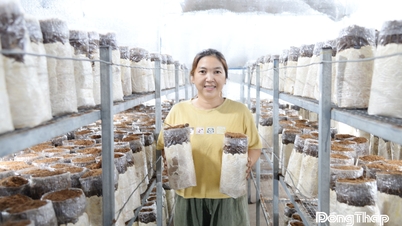















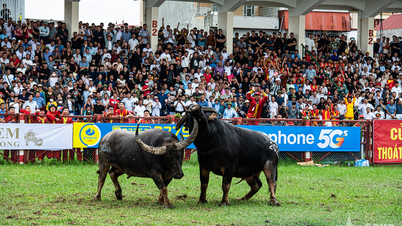





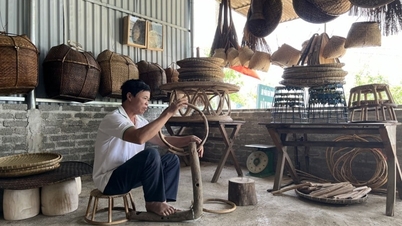

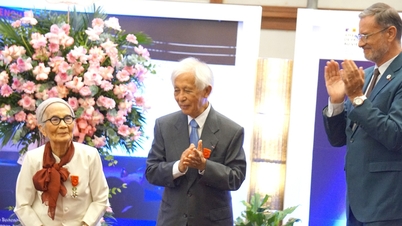










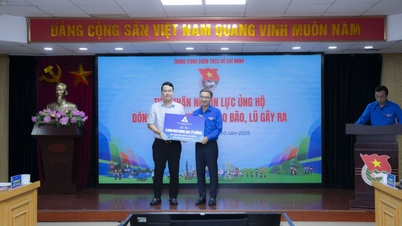


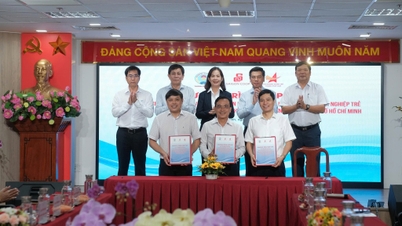







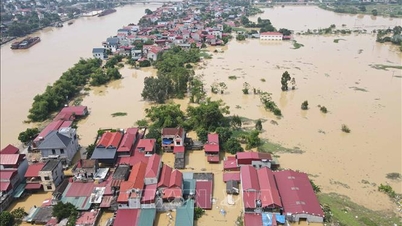

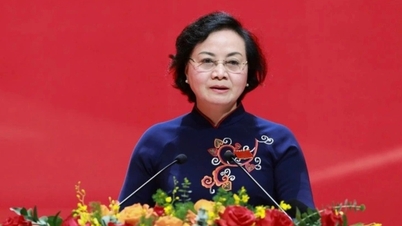
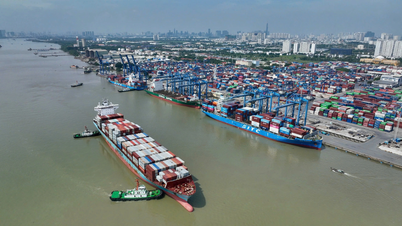


















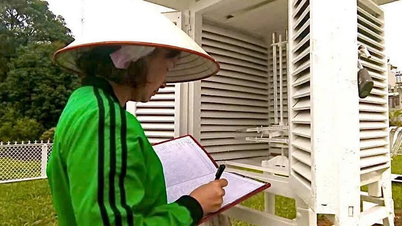














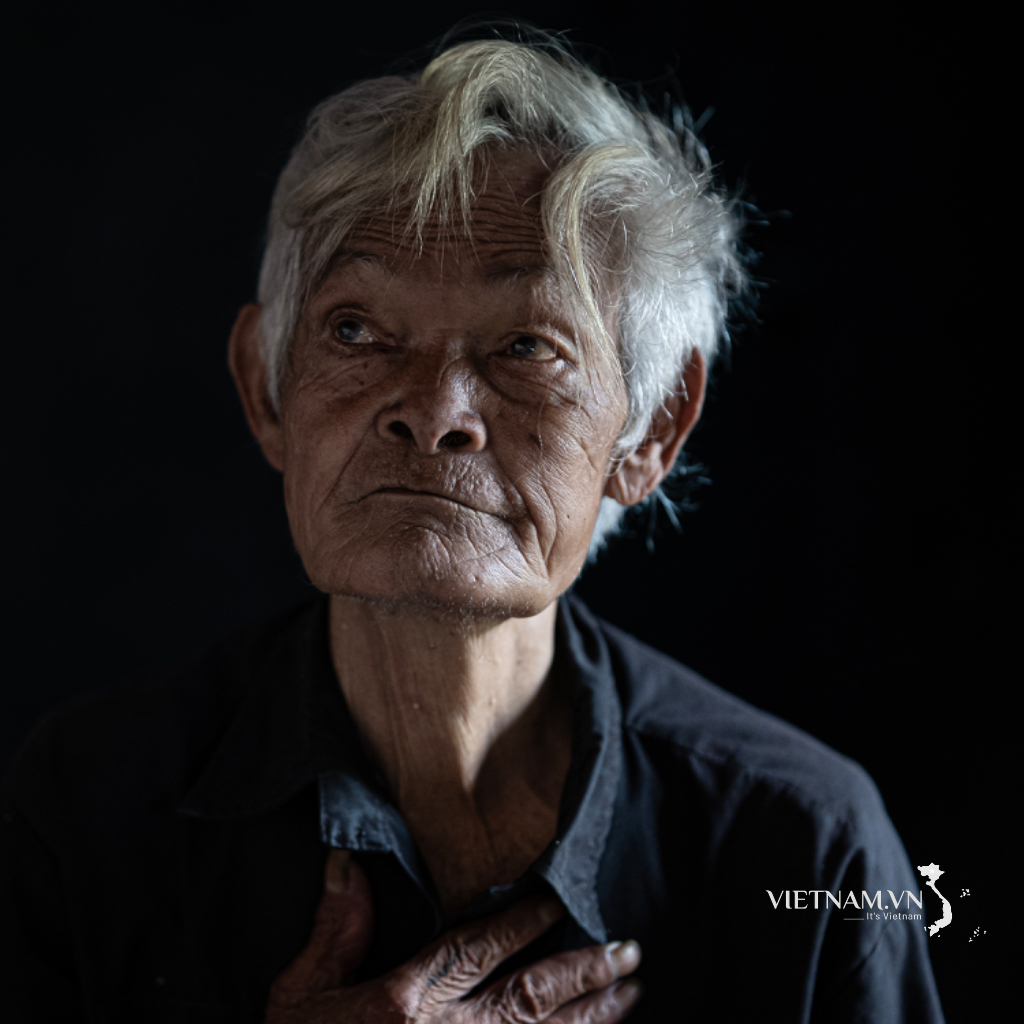

Comment (0)